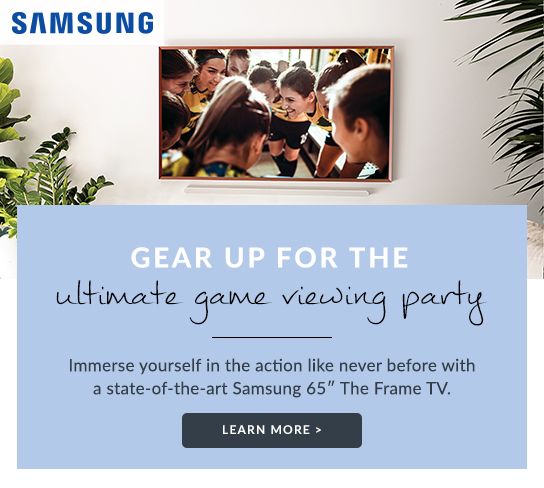CHOOSE A TYPE OF TV/AUDIO PRODUCT
There are many reasons why you might be on the hunt for a new TV. You could be replacing an older model, upgrading in size and technology, or maybe you just want to have the latest features and functions! Whatever your reason, you should always consider the below points:
- What room or space will the TV go in? Will the TV be the main component of your living room or maybe it will go into the home cinema? If the TV will go into a smaller space, then obviously the size of the TV will have to reflect this accordingly.
- What do you watch? Are you a regular TV watcher who is watching free-to-air TV or perhaps you’re an avid movie fan and you want the clearest details? How you use your TV can also determine what resolution your new TV will have.
- Do you partake in other entertainment activities like gaming? Selected TV models will have favourable gaming conditions and if you’re a gamer, you’re best knowing about these features.
-
Do you need a smart TV? A smart TV offers many uses such as browsing the web, streaming from online streaming services or even to connect your TV to other smart devices. The ‘smart TV’ functionality is common in many brands and models and it will broaden
your home entertainment.
For many people, their home entertainment system starts with the TV, which may also double up as the source of sound whether it’s from a TV show, movie or music player/source. For a simple audio solution, you could add in a soundbar,
which may also come with a subwoofer to help you distribute large sound in your room. If you’ve got the space for a more complex entertainment system with sound to match, you could have a stereo receiver/ amplifier, a matched pair
of speakers and at least one music source (like the TV) to bring all the best sound home.
Classic hits to new school tunes, whatever you fancy, great sound starts with the right audio product. When shopping for your audio product, consider the below factors:
- Would you be listening at home or on the go?
- Will the audio product be combined with other audio or TV products or will it be used alone?
- What do you listen to? Would you need particular functions like noise cancelling technology so that you can be fully immersed in your audio?
- Do you want your audio product to do more than just play music? With some audio products you can make calls and control other smart home devices, would you need that capability as well?
TVs of today come in a wide range of brands, sizes and technologies meaning that there’s a large price range you can shop from. A small entry-level TV with very little smart TV functionalities may cost you under $500. A mid-sized TV
with all the current must-haves will cost you anywhere from $1,000-$5,000. If you’re after a large screen size or the latest technologies with incredible 8K Ultra HD resolution, you will be looking at a price range of $5,000 onwards.
With many audio products to fit any listening lifestyle, again, there’s a large price range that you can shop from. Personal audio products like headphones or a small Bluetooth speaker may only cost you up to a few hundred at most,
however smart speakers, soundbars and Hi-Fi systems may cost you between the hundreds to over a thousand. Advanced and complex home theatre systems like those that consist of a soundbar with subwoofers and rear speakers will cost
well over a thousand dollars.
When you’re buying a new TV, it’s important to think about how you use your TV and how often you’re viewing TV content. Where will your TV be placed in your home? How do you use your TV, do you only watch free-to-air TV or do you also stream the latest TV shows from popular streaming services? Do you need a TV that can help find you answers or one that’s easily controlled by your voice? Whatever you need from your TV, we’ll help you find the perfect fit.
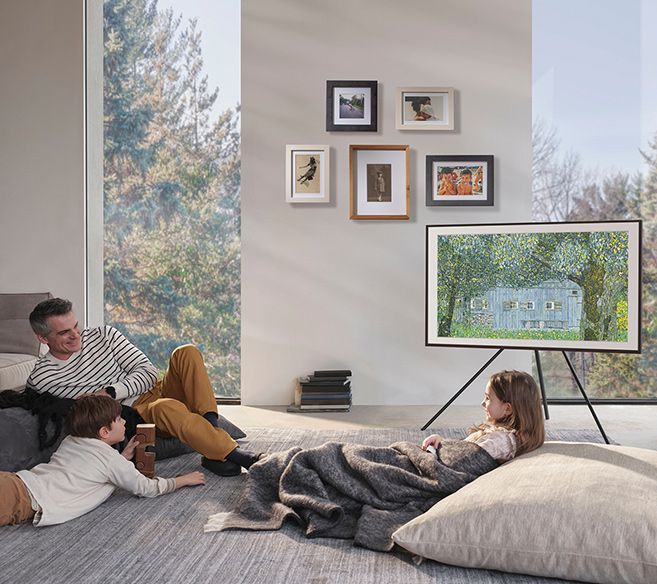
SIZE GUIDE
TV screens range in size from 30-inches to a whopping 86-inches. The size of TV that will work in your home depends on the room and how far you are from the screen. See our handy size guide below…

Resolution
Terminology explained
There are many different terms and acronyms used to describe functionality and technology used in TVs. We’ve put together a glossary of the most common terms so you’ll know exactly what they mean…
Technology
Functionality/ Connections
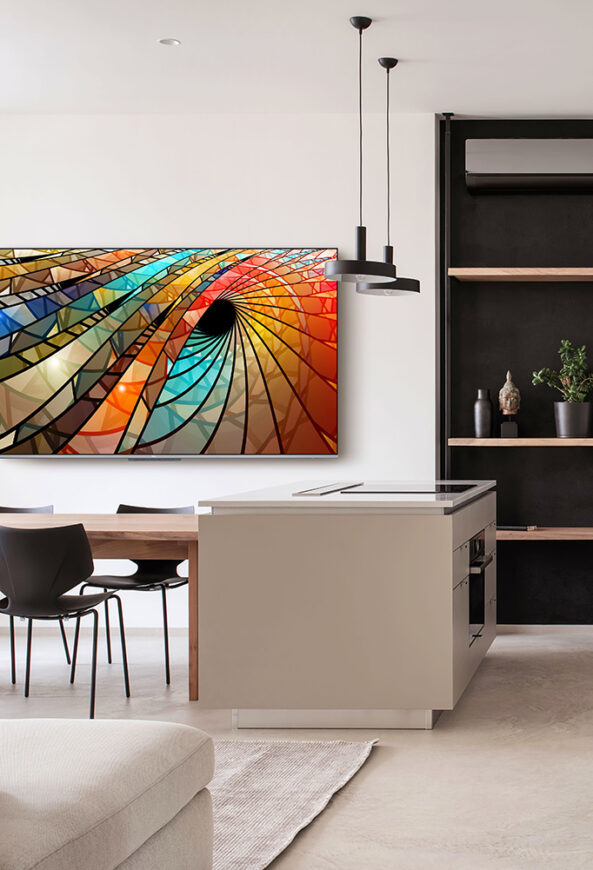
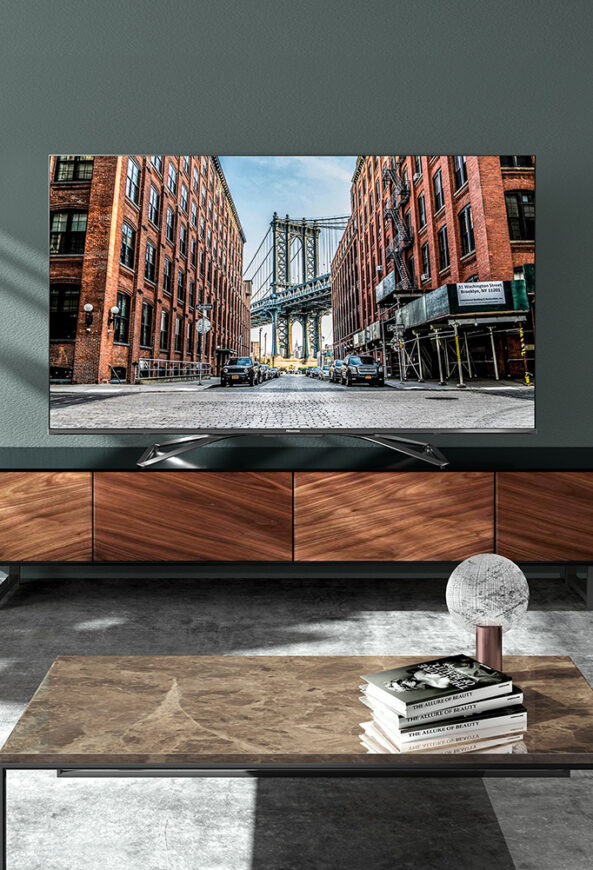
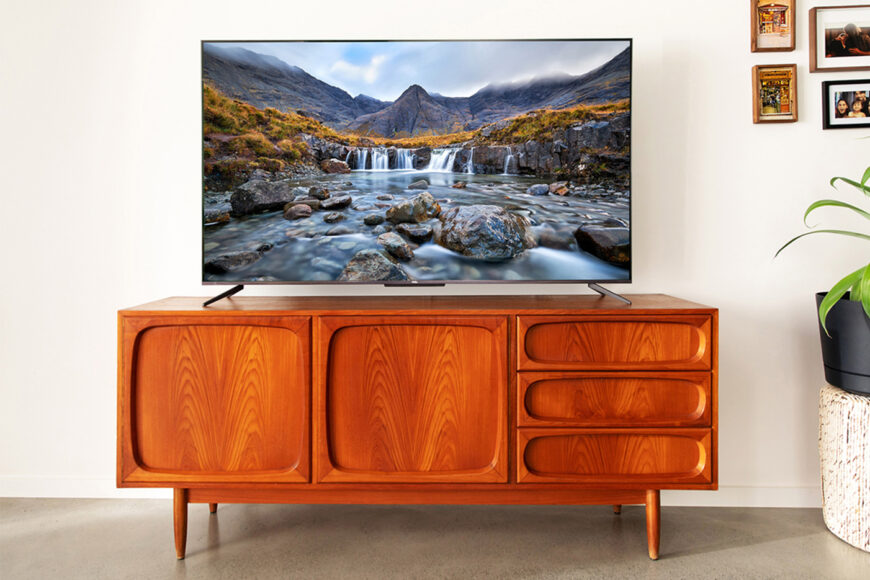
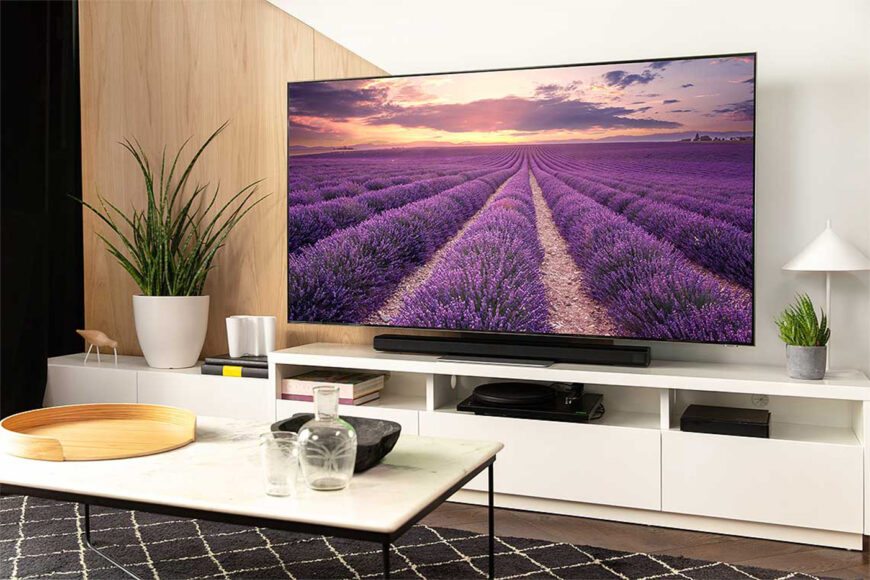
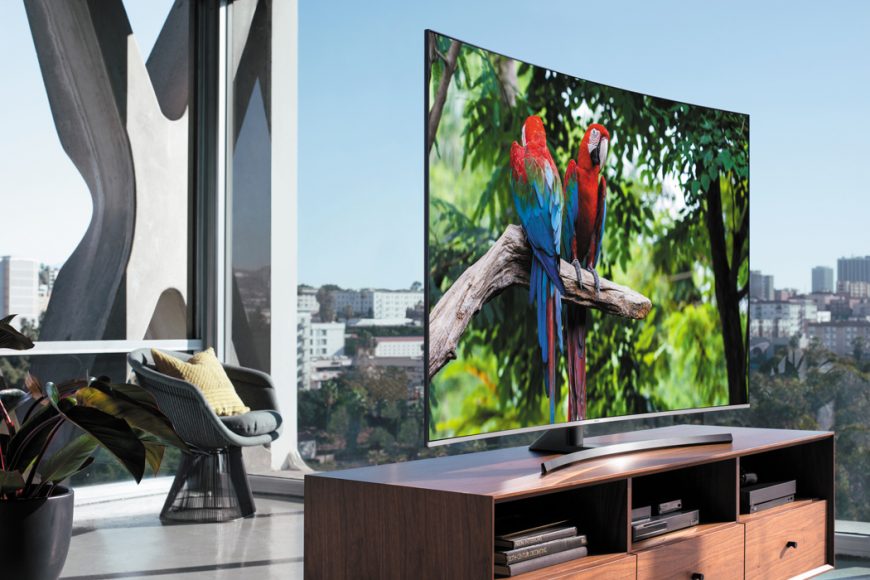
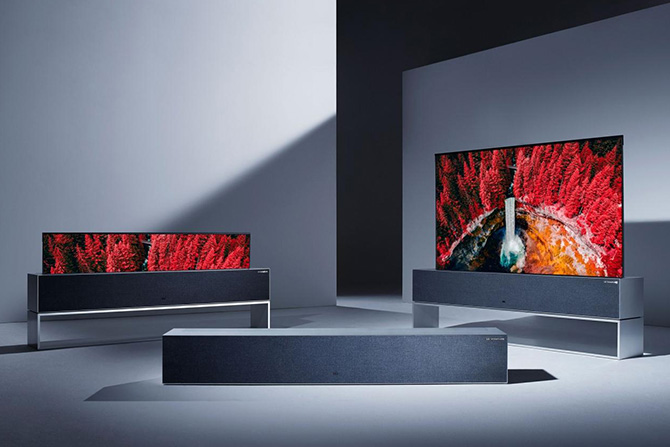
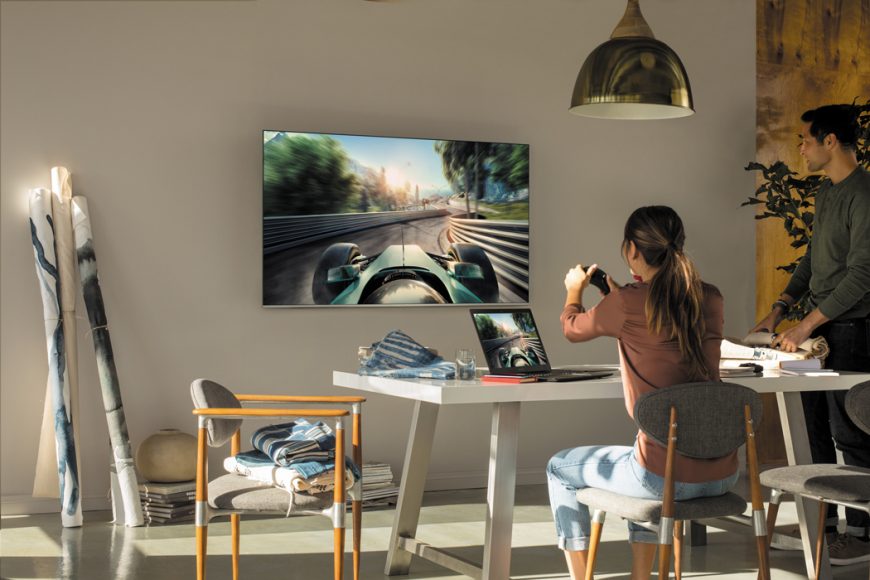
IMMERSE YOURSELF IN THE ACTION
To get the best out of your TV viewing experience, view our TV range to find the best product to suit your personal needs.







